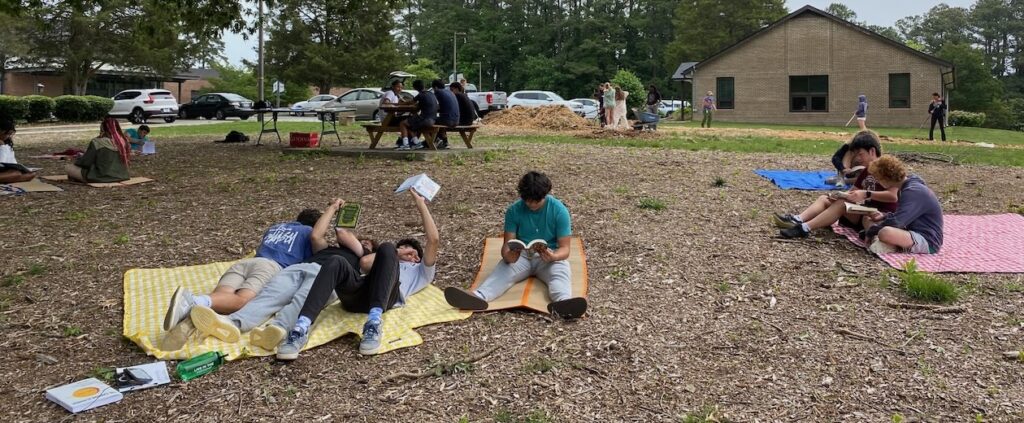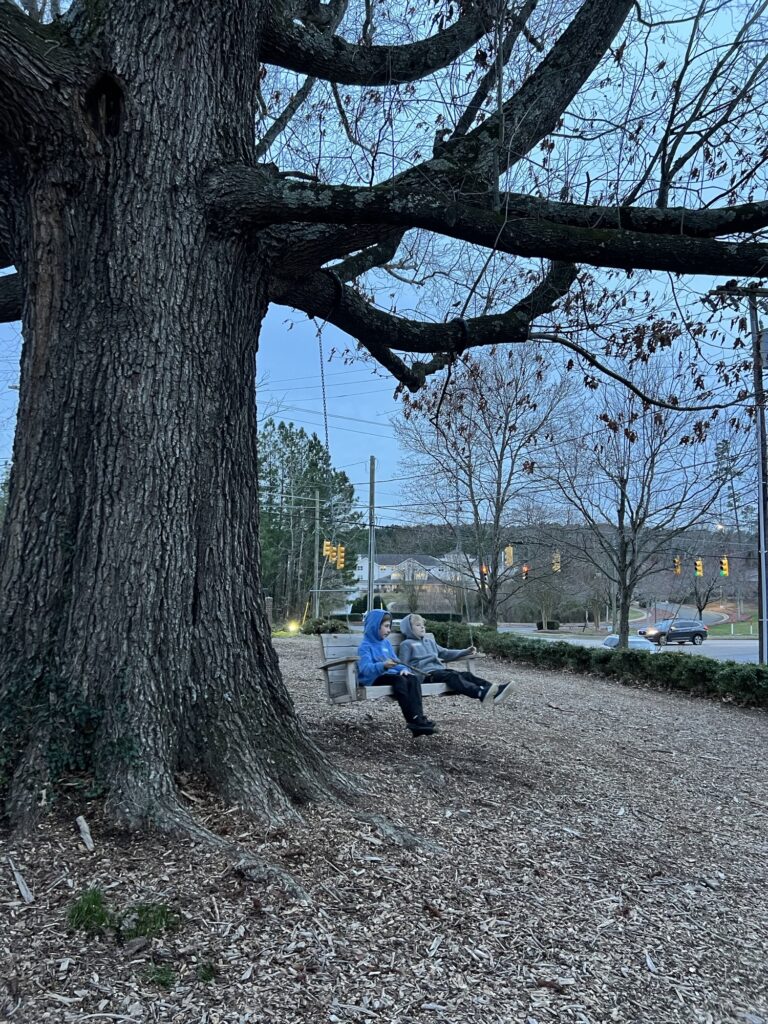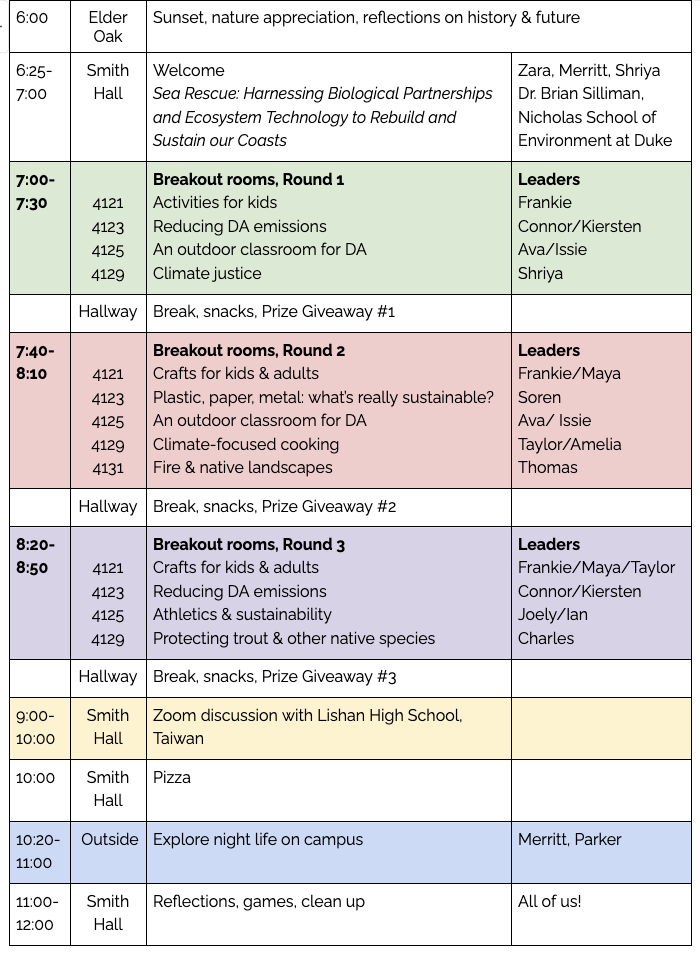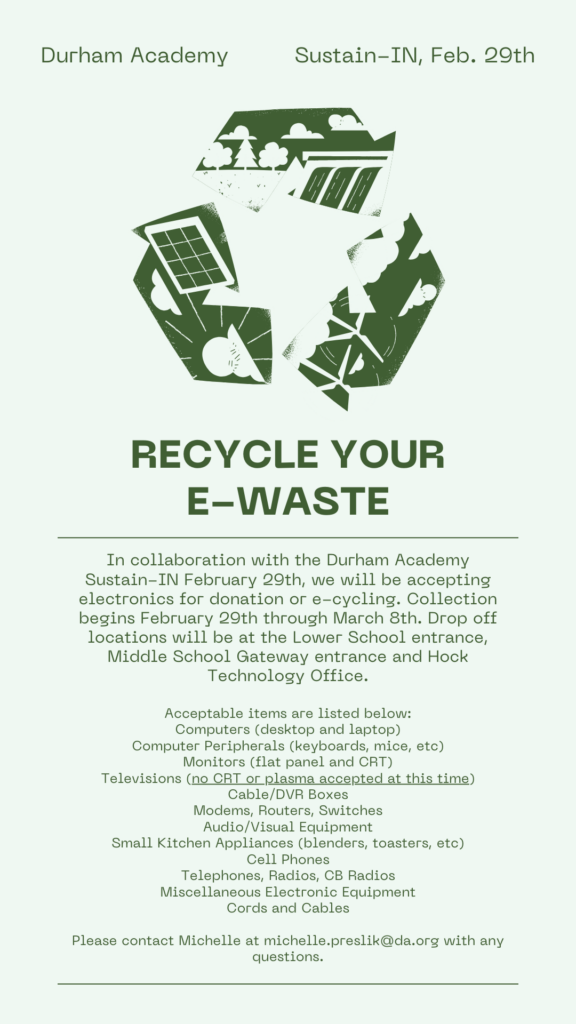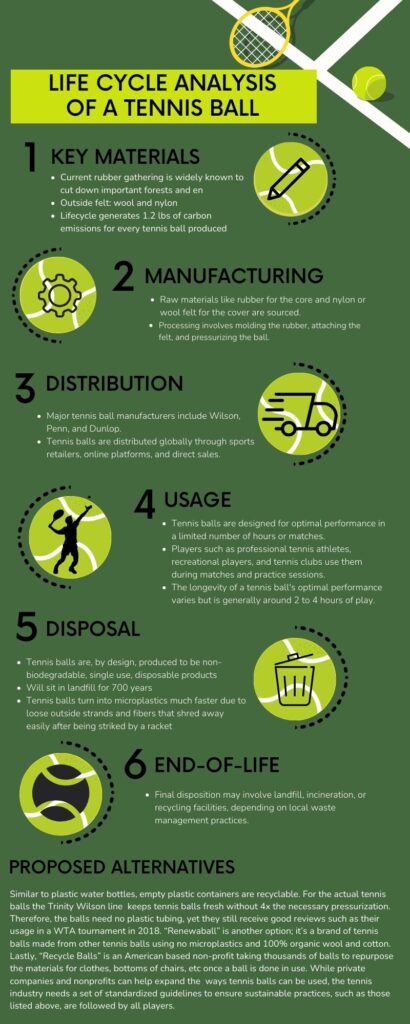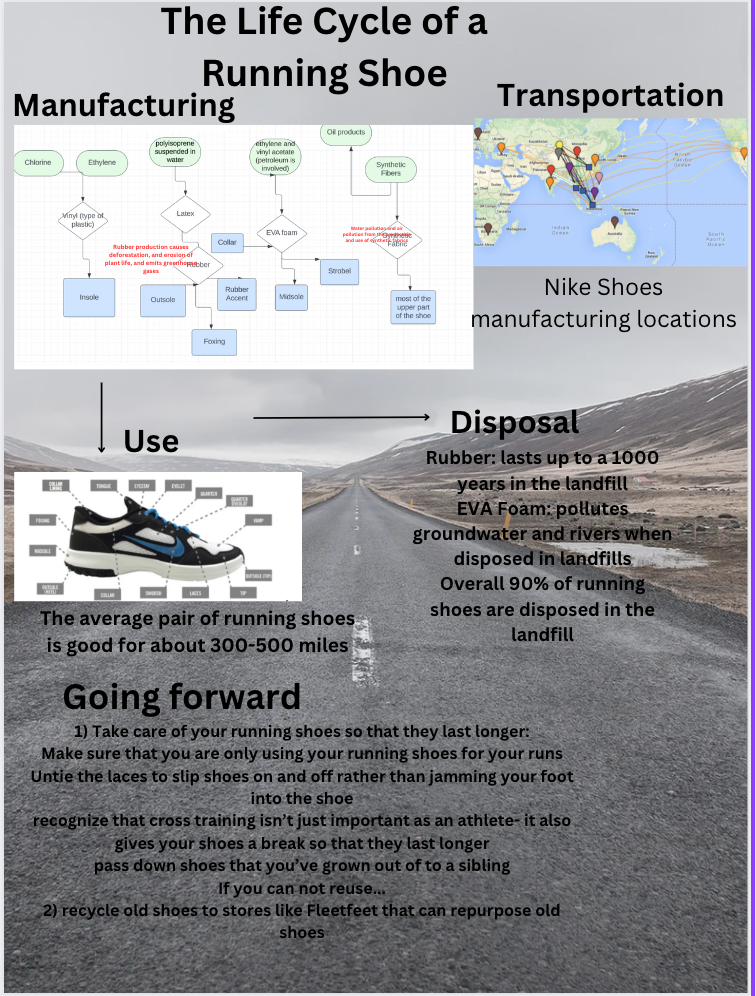To a a tennis player, a ball isn’t just rubber and felt; it’s a universe of possibilities. It carries the weight of countless hours of practice, the sting of losses, and the thrill of victories. In its fluorescent yellow skin, they find a companion, a nemesis, and a ticket to the sublime dance on the court. The tennis ball is more than an object; it’s a conduit for passion, a vessel for dreams, and the unspoken language of a player’s love affair with the game. For Durham Academy, the number of hours that students put in require much more than just a few tennis balls, but hundreds. Therefore, learning about the life cycle analysis of a tennis ball, bought in large shipments for four teams on campus, is extremely useful to try and mitigate excessive waste and improve disposal.
Despite the fact that The Economic Times explains that “It way take over 400 years to decompose a tennis ball,” there are ~330 million tennis balls manufactured every year.
Continue reading




